Croatia features one of Europe’s most picturesque sections of coastline, with its rocky, indented beach and over a thousand islands. Furthermore, many of Croatia’s coastal villages and cities have a fascinating past and are rich in Roman and Venetian relics.
Croatian culture has a lengthy history: the Croatian people have been in the territory for fourteen centuries, although there are significant vestiges of earlier periods still maintained in the country. Due to its geographical location, Croatia exhibits a synthesis of four distinct cultural worlds.
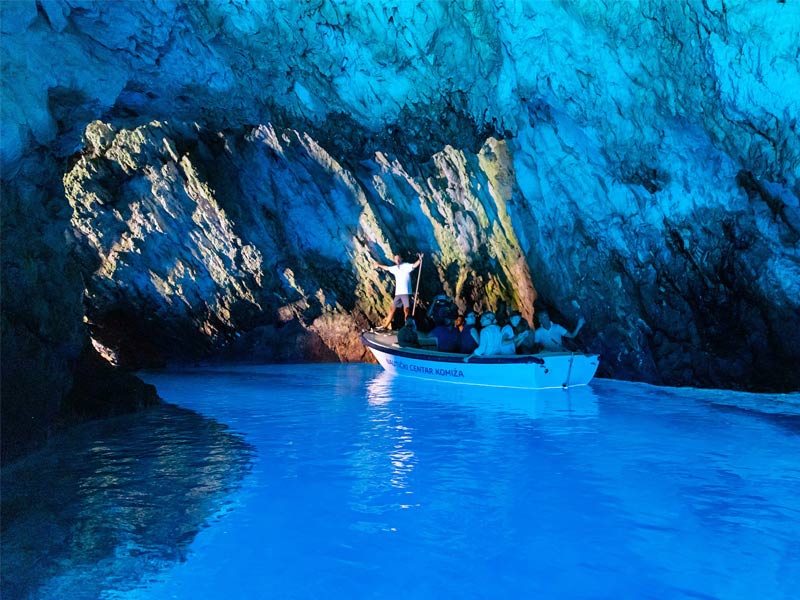
Croatian cuisine has been affected by the tastes and traditions of neighbouring countries and the various nations that have ruled Croatian territory throughout history. Traditional Croatian cuisine shares certain similarities with Italy, Austria, Hungary, and Turkey.
A list of Croatia’s best tourist attractions:
Gornji Grad:
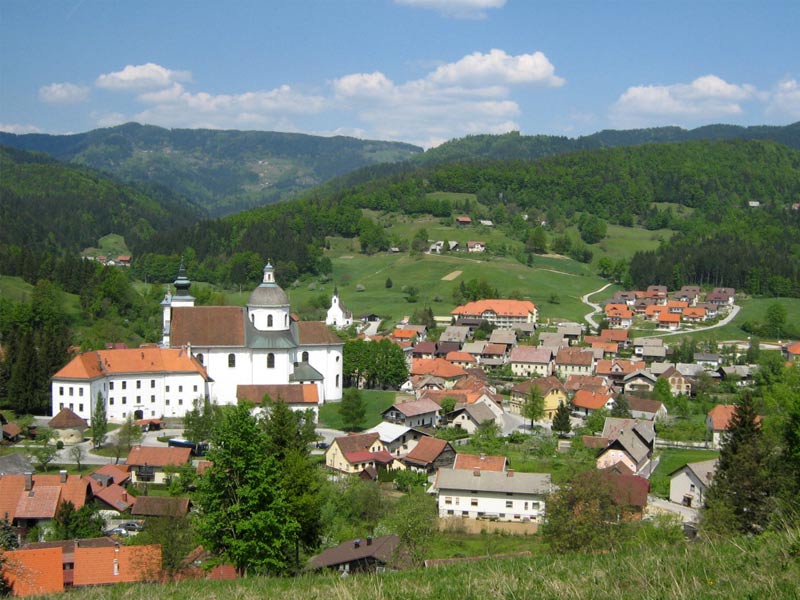
Gornji Grad, which translates as Upper Town, is Zagreb’s historic centre. It grew into two different towns, Kaptol, the Bishop’s residence, and Gradec, the free town where craftsmen and artisans dwelt. In the 1770s, the towns amalgamated to form the northern half of old Zagreb. The square around St. Mark’s Church, Old Zagreb’s parish church, is the focal point of Gornji Grad.
Euphrasian Basilica:
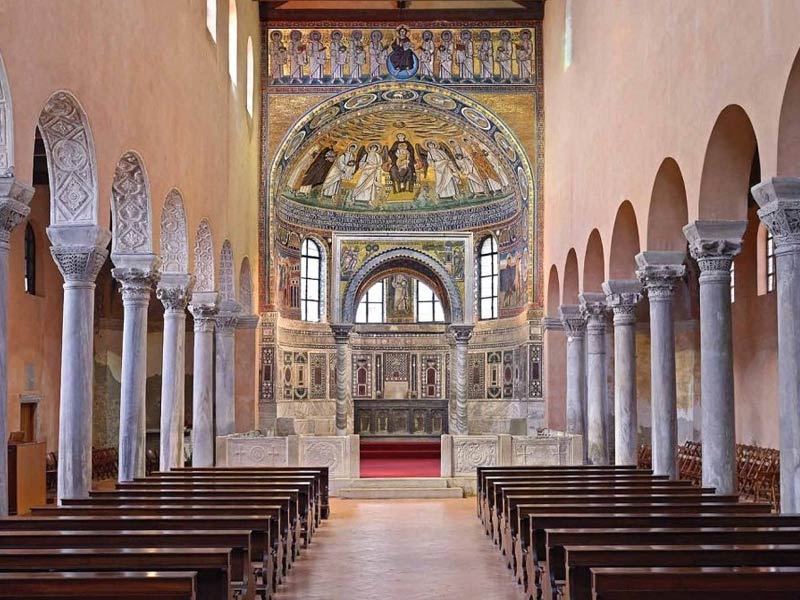
The primary attraction of Pore, a 2,000-year-old town in Istria, is the 6th-century Euphrasian Basilica. It is one of the outstanding examples of early Byzantine architecture in the Mediterranean region. It has mostly preserved its original design, even though accidents, fires, and earthquakes have changed a few aspects. During the reign of Bishop Euphrasius, the current basilica was built on the site of an ancient basilica. The wall mosaics were created by Byzantine artists, while local experts created the floor mosaics.
Mljet:
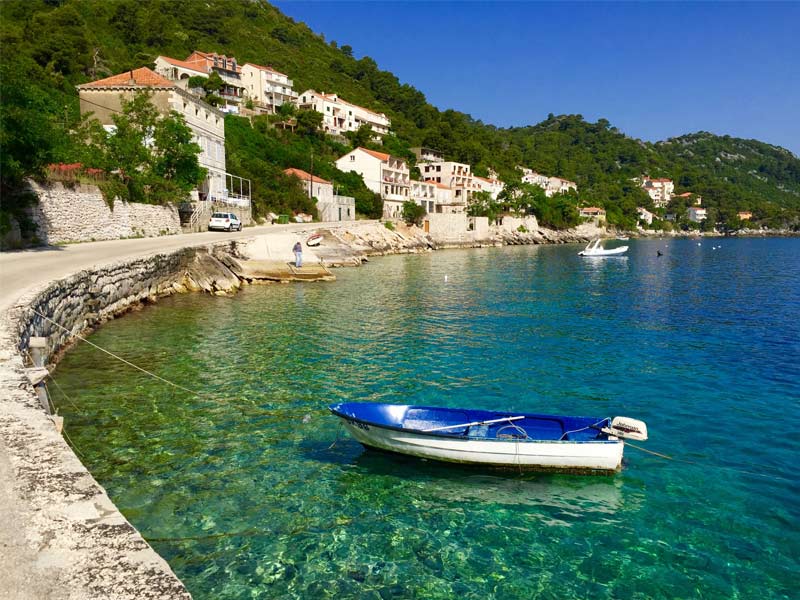
One of the major islands off the coast of Southern Croatia is Mljet. Mljet is an ideal spot to unwind, with forests covering 72 of the island and farmland, vineyards, and small communities dotting the rest. The island has two salt lakes, Veliko and Malo Jezero, located at the island’s western end. There is a small island in the centre of Veliko Jezero with a historic Benedictine monastery.
Diocletian’s Palace:

The Roman emperor Diocletian erected Diocletian’s Palace at Split in preparation for his retirement. He spent his retirement caring for his vegetable gardens in his palace. The Palace remained deserted for centuries after the Romans abandoned the site. In the seventh century, residents of the surrounding area retreated to the fortified palace to avoid invading barbarians. Since then, residents have made their homes and businesses within the palace’s basement and directly within its walls. Many restaurants and shops and some dwellings can still be located within the walls today.
Also Read, Oceanix City: World’s First Inhabitant Floating City
Pula Arena:
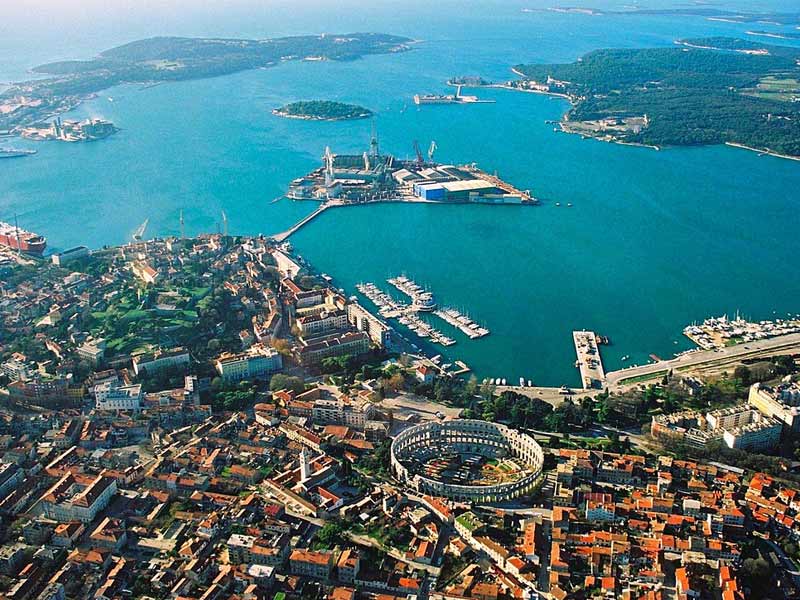
Pula’s amphitheatre is the sixth biggest surviving Roman arena and one of Croatia’s best-preserved Roman structures. The Pula Arena, which was established in the first century AD, had a capacity of over 26,000 spectators. Many stones were stolen from the amphitheatre in the 15th century to build houses and other structures around Pula. Still, fortunately, this activity was stopped before the entire monument was destroyed. It is now a major Croatian tourist attraction that hosts various festivals and shows during the summer months.
Korcula, Croatia:
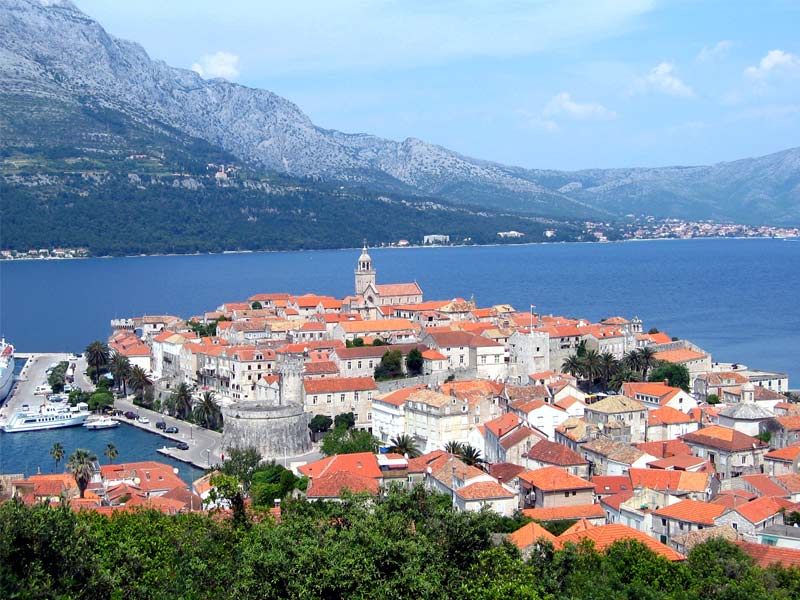
Croatia’s sixth-largest island, Korcula is separated from the mainland by a small strait. Korcula is another name for the island’s capital. This old settlement, nicknamed “Little Dubrovnik,” is one of the most picturesque cities on the Croatian coast and is noted for its distinctive architecture. One of the primary draws is the purported birthplace of Marco Polo. The Cathedral of St. Marco, built in Gothic-Renaissance style and completed in the 15th century, is Korcula’s largest and most beautiful structure.
Rovinj:
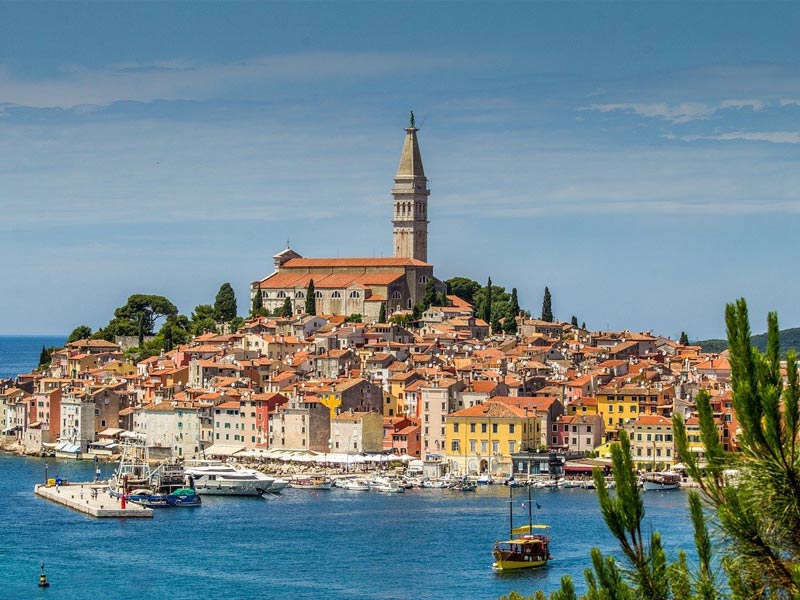
Rovinj is one of the most gorgeus cities in the Mediterranean. It’s a beautiful area to wander about, with its pastel-coloured buildings grouped on steep twisting lanes. Rovinj is still a fishing port, and travellers can take a boat ride to the beautiful offshore islands. Because of the unspoiled beauty of the indented coastline and its woodlands, the area near Rovinj has been hailed as an “exceptional scenic wonder.”
Hvar:
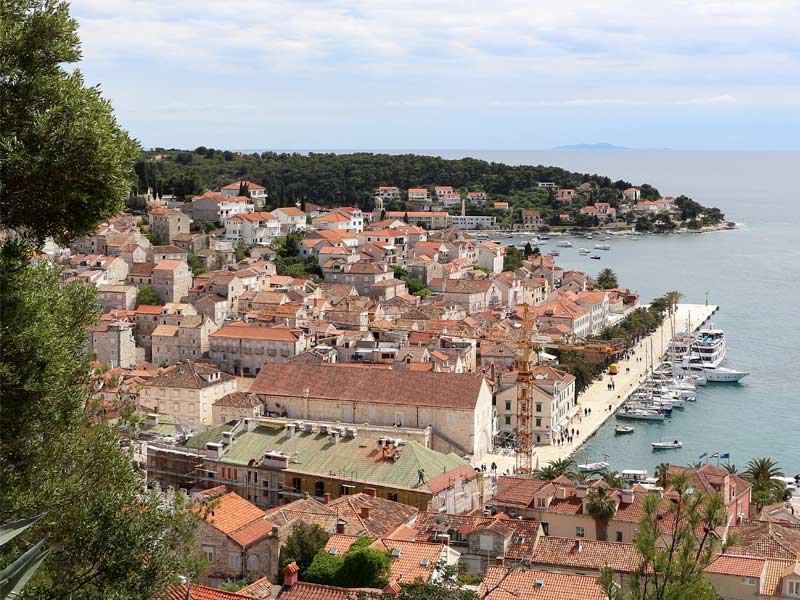
Island Hvar, especially Hvar town, is one of Croatia’s most popular tourist destinations. The agricultural environment is dominated by olive trees, fruit orchards, and lavender fields. Hvar town, nestled in a magnificent natural harbour protected to the south by the Pakleni island chain, is a popular port for yachts travelling throughout the Adriatic, especially during the summer months. Starigrad, the island’s oldest village, Jelsa, and a smattering of little villages dotting the shore or lying in the verdant interior are also worth a visit.
Plitvice Lakes:
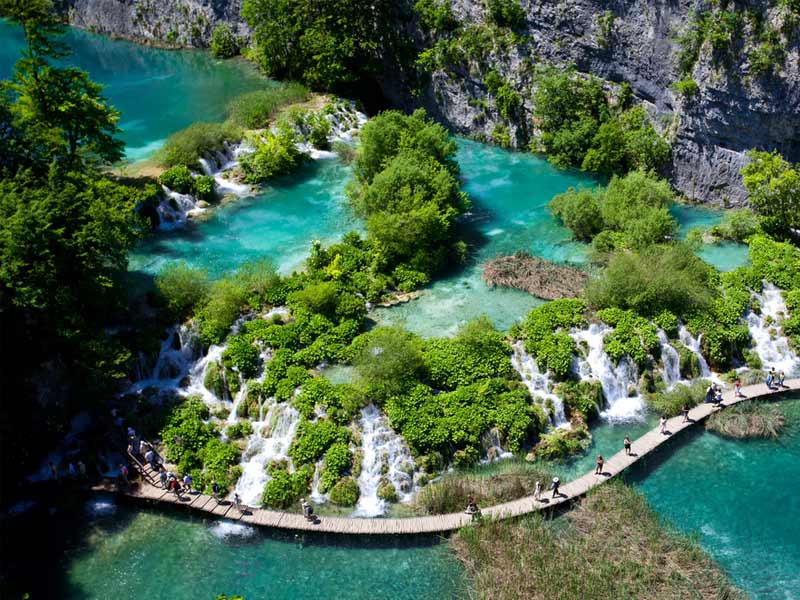
The Plitvice Lakes are regarded as one of Europe’s most magnificent natural locations. This system of 16 interconnected lakes and a huge forest complex were designated as a national park in 1949 due to their natural beauty and significance. The stunning Plitvice Lakes are known for their distinctive colours, including azure, green, blue, and grey. The lakes’ area is home to a diverse range of animal and bird species. Rare fauna such as the European brown bear, wolf, eagle, owl, lynx, and many more common species can be found here.
Dubrovnik:

Sometimes known as the “Pearl of the Adriatic,” Dubrovnik is a popular tourist destination in Croatia and the Mediterranean. The fortified city grew up around maritime trade. It was the only city-state in the Adriatic to rival Venice during the Middle Ages. It achieved a remarkable level of growth during the 15th and 16th centuries. Dubrovnik is rich in architectural and sculptural detail, with magnificent cathedrals, monasteries, museums, fountains, and the famed walls that enclose the ancient city.




























